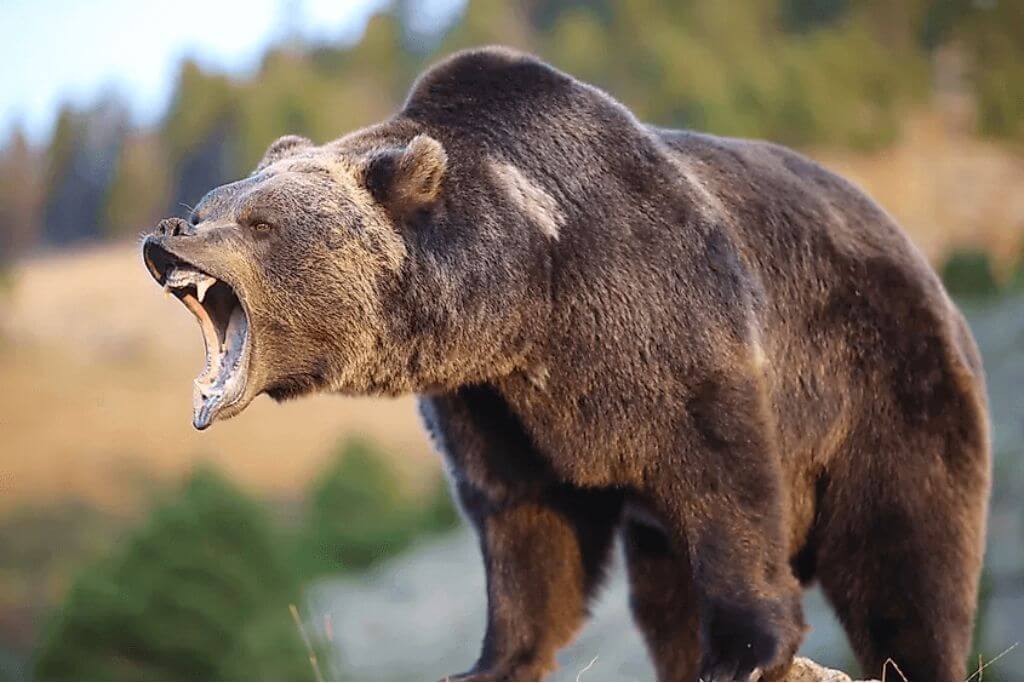Canada is renowned for its vast, breathtaking landscapes, which serve as a home to millions of people and a wide variety of species. However, not all of the animals that live in this lovely country are friendly to people. Here are the top 10 dangerous wild animals in Canada, such as polar bears, coyotes, moose, and poisonous snakes.
10 Most Dangerous Animals In Canada
Moose – Dangerous Animal To Drivers
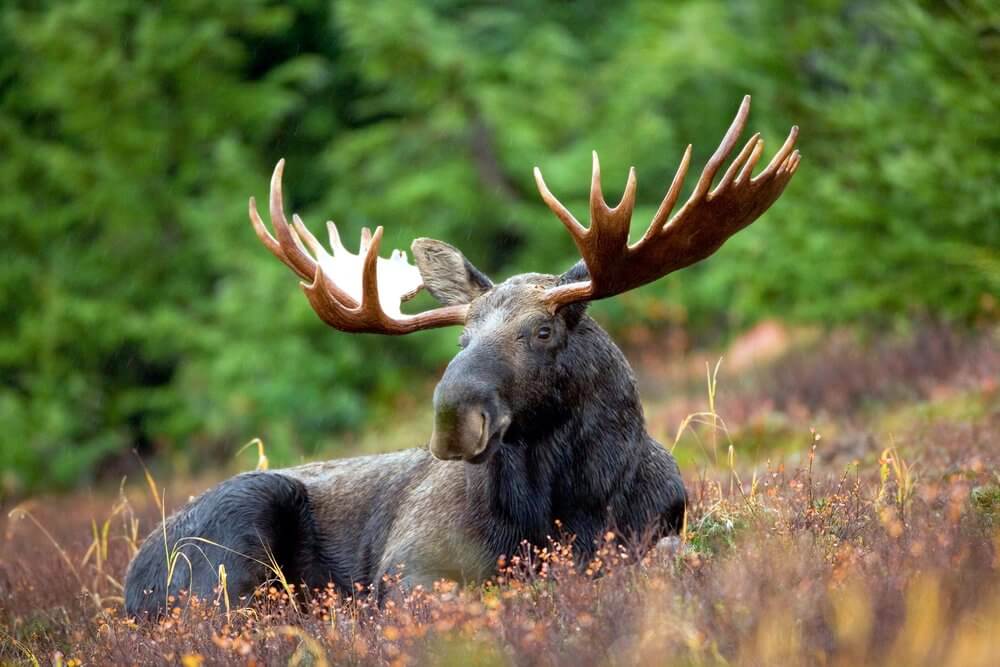
The moose is regarded as the deer family’s largest species. The average moose lives 15 to 25 years. This kind of animal inhabits the western mountains’ rocky forests, wooded hillsides, and lake and stream borders. When enraged, moose have been known to attack. They can clash with cars as they cross roads, which also makes them dangerous to drivers. Moose can also charge when scared. The collision that can happen when a car hits a male moose, which weighs roughly 700 kg, is significant and potentially highly deadly.
Related post Rescued Moose Returns Daily To Visit The Man Who Saved Her
Black Widow Spider
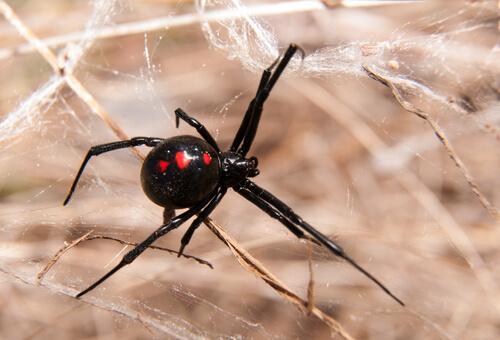
Although it can be found in some southern locations close to the US-Canada border, the black widow spider is not typically a prevalent species in Canada. Despite biting to defend themselves, this species is not violent and prefers to flee when agitated. On the bottom stomach of the black spider is a red hourglass mark. When they are outside, it typically lives in areas like sheds, beneath rocks, or downed trees.
Prairie Rattle Snake – Most Dangerous Animal In Canada
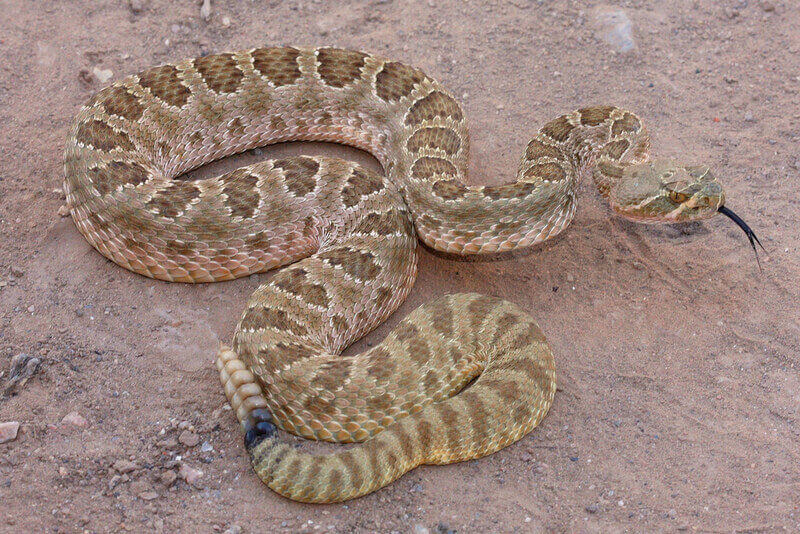
The species of prairie rattlesnake is a dangerous snake found in Alberta and other parts of southwest Canada. The species usually kills its prey by hitting it quickly and administering its lethal venom. Small animals, reptiles, amphibians, and ground-nesting birds are among its frequent prey. The prairie rattlesnake is not often aggressive, although it can bite if startled or unintentionally trodden on.
Cougar
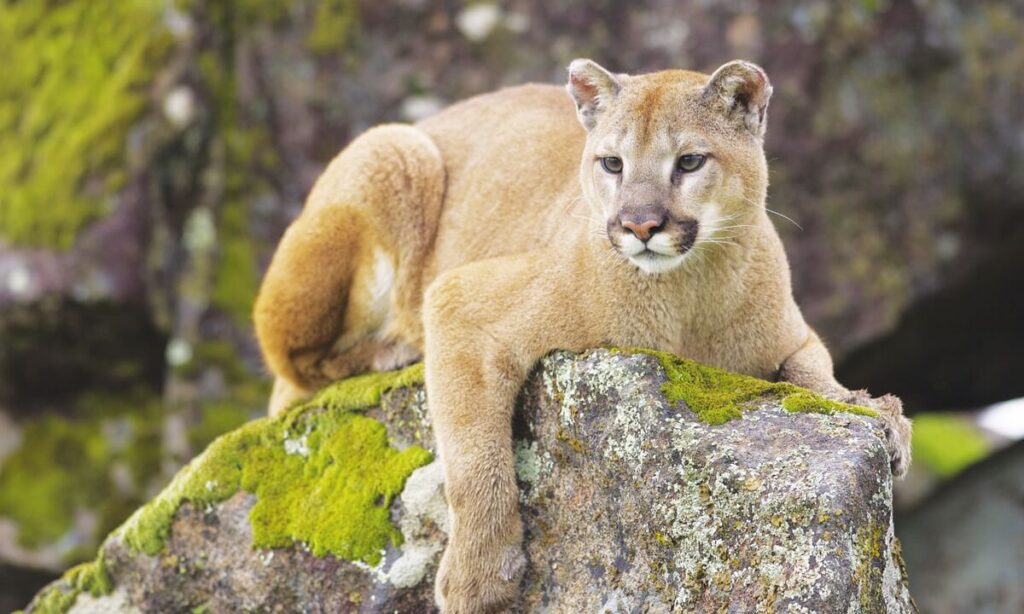
After the jaguar, the cougar is regarded as the second-heaviest cat in the world. Large paws, a long tail, and a strong physique are some of its distinguishing features. The species lives in dense forests and rocky mountains. Typically, cougars kill by biting into the neck of their prey. Human attacks are uncommon because cougars do not view people as prey. They can attack during times of extreme famine, though, and are hazardous. Most cougar attacks occur in the spring and summer when young cougars are permitted to forage on their own.
Polar Bear – One Of Most Dangerous Animals In Canada
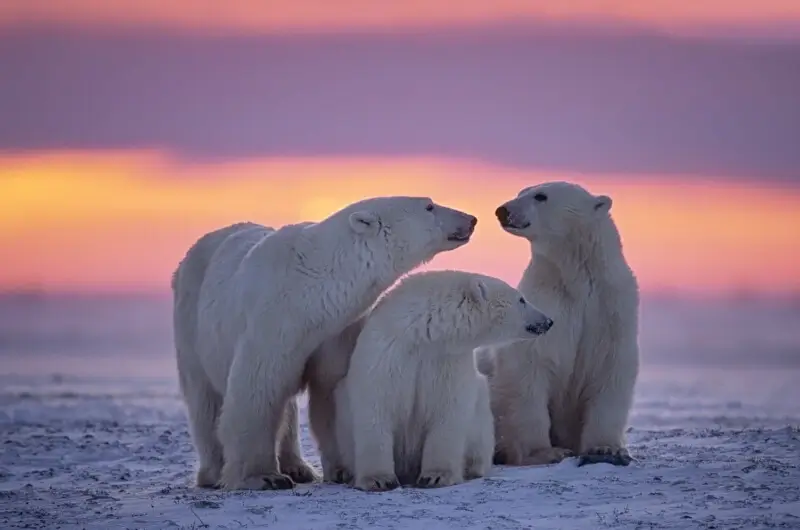
Polar bear attacks are lethal and frequently done so for predatory purposes. Polar bears are lively and frequently seen in conflict. The fact that polar bears rarely interact with people allows them to assault, murder, and even consume people without fear. They don’t attack, though, until provoked. However, polar bears are still dangerous animals.
Read more Cute polar bear is carried on his back by his mom in Canada
Grizzly Bear
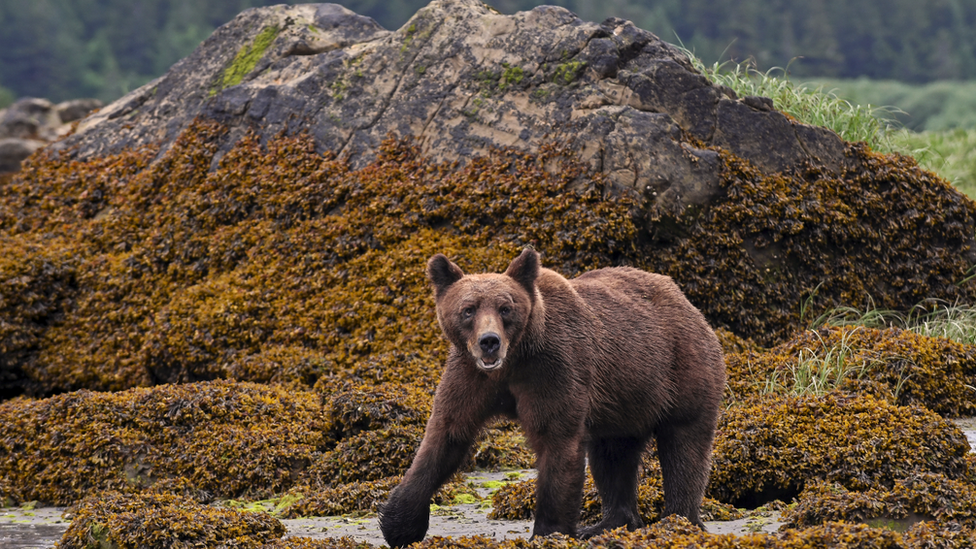
A sizable subspecies of brown bears that are native to North America is the grizzly bear. Black bears are less violent than grizzly bears. Due to their inability to climb trees, adult grizzlies must confront their attackers head-on. Grizzly mothers defending their children are usually the ones to attack humans. Other than that, even with their superior physical advantage, Grizzlies stay away from human contact. They typically attack when startled or disturbed. The strength of this species’ bite makes it dangerous.
Related post In Canada, two brave dogs confront a family of grizzly bears rummaging for food.
Black Bear
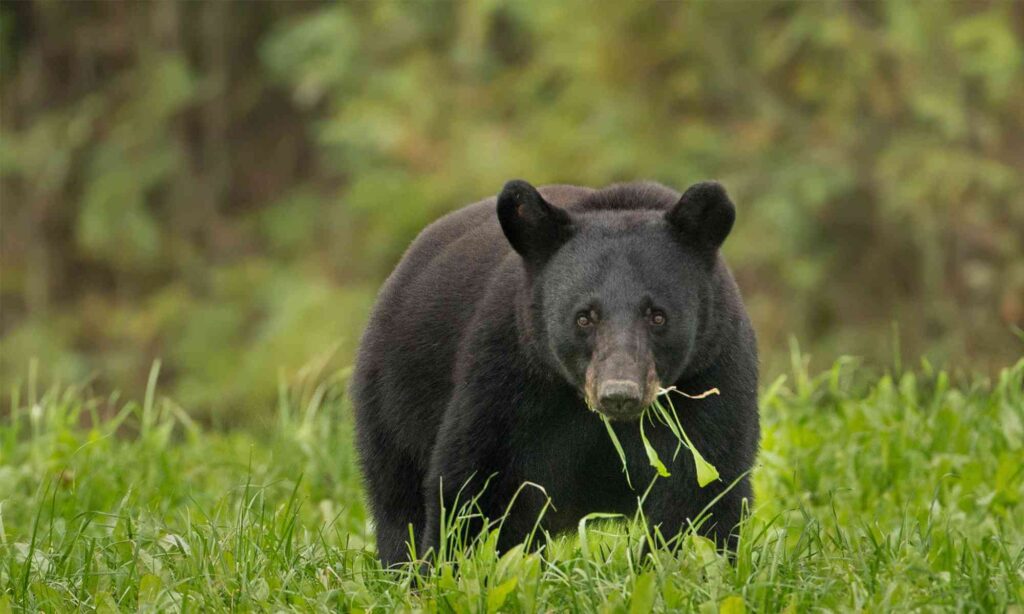
It is believed that the black bear is the smallest bear found in Canada. They are omnivorous and prefer to live in forests. Due to its substantial global population, the black bear is classified as a species of the least concern. Although an adult black bear is capable of killing a human, they often avoid conflict with humans. They do not strike when provoked as the other bears do; instead, they decide to flee. Most black bear attacks occur when they are starving and are motivated by food. Three fishing adolescents were killed by a black bear in 1978 in Canada’s Algonquin Park, the scene of the worst deadly attack by a black bear ever seen.
The Massassauga Rattle Snake – Most Dangerous Animal In Canada
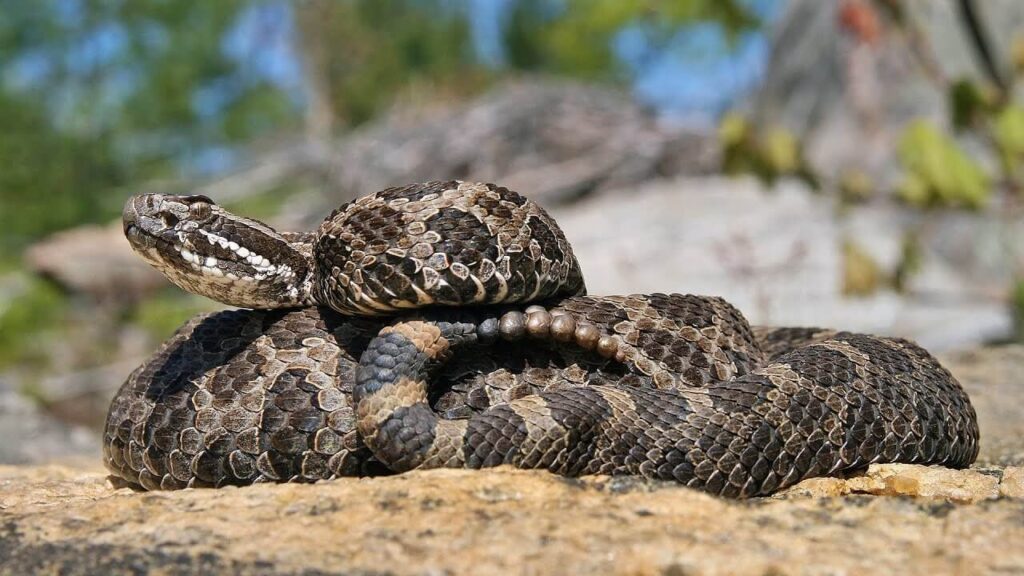
Ontario is home to the Massassauga rattlesnake species. The Massassauga contains a cytotoxic toxin and damages tissues. Additionally, this species has digestive enzymes that stop blood clots. When possible, the massasauga makes every effort to avoid people. Most of this species’ snake bites seen in Ontario have happened when they are tripped over or handled carelessly. However, it is possible to stop these attacks.
Wolf
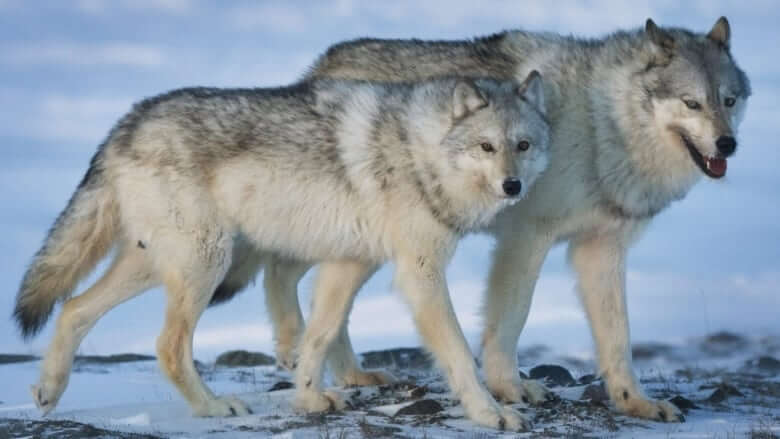
The wolf is typically regarded as the largest wild dog species. The wolf is a sociable animal that has been observed attacking livestock when there is a lack of wildlife. The wolves do not hunt for humans. Thus, their response to people will mostly depend on their previous interactions with humans. Wolves bite when provoked and exhibit violent behavior. Wolf attacks on people are uncommon and only take place when they have lived with and grown accustomed to humans to the point where they no longer fear them. To prevent a recurrence of such events, the wolf is destroyed in such circumstances.
Coyote In Canada
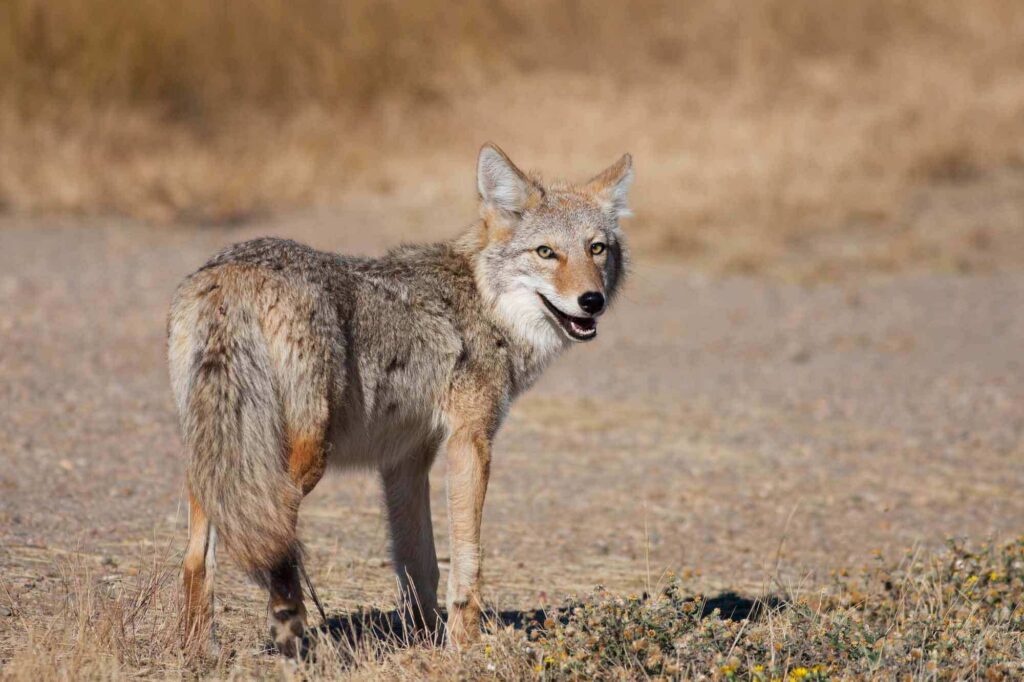
North America, and Canada, is the home of the coyote. The coyote and gray wolf have the same ecological niche. However, the coyote is smaller. Coyote attacks on people are uncommon because of their diminutive size. Coyotes frequently attack young children as their prey. Coyotes have been known to chase joggers and even approach individuals walking their dogs in urban settings. However, the coyote is still dangerous in Canada.
Tips To Stay Safe In An Encounter With Dangerous Animal In Canada
Do
- Keep your cool and evaluate the circumstances. Prior to taking action, make an effort to grasp the message the animal is trying to convey.
- Take deterrent spray with you on all outdoor adventures.
- If you can, enter a nearby car or building.
- Pick up any young children or animals. The animal could become interested in sudden movements or sounds.
- Always keep an eye on the animal.
- To protect yourself in case of attack, keep your backpack on.
Don’t
- Never approach or attempt to encircle an animal.
- To try to spook the animal, don’t throw food or drop your load. As a result, they receive a food incentive, which makes them more likely to approach other humans in the future.
- Unless you are quite near to safety, don’t run. Because predators can move quickly, running away might make them pursue the prey.
- Keep your back to the animal at all times. This can result in an attack, especially when cougars are involved.
- Don’t look someone in the eyes. This can be interpreted as a danger.
- Don’t hunch over. You can appear more like a target as a result.
